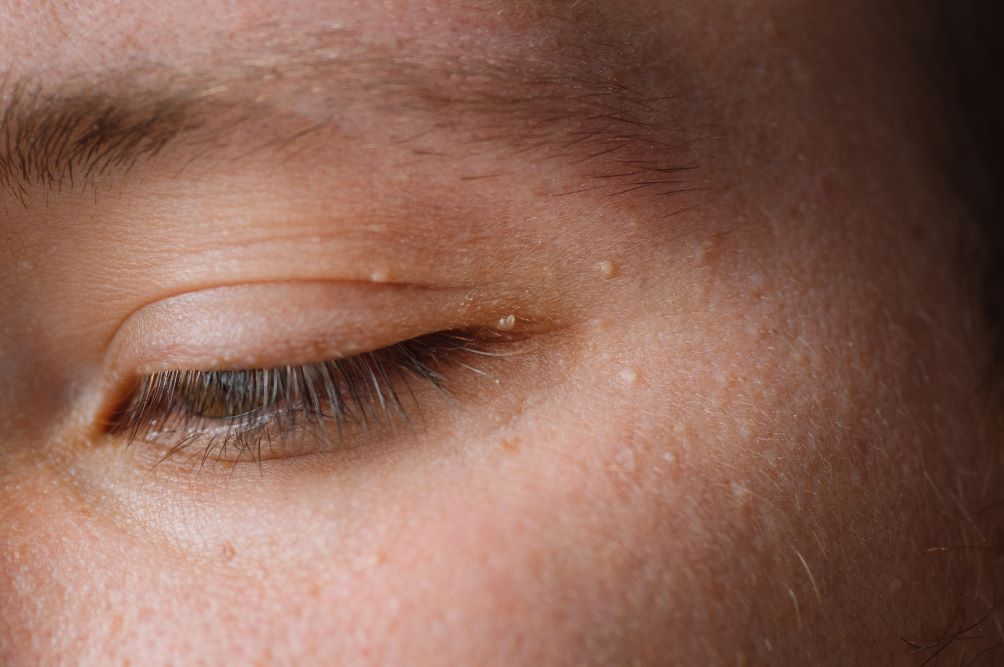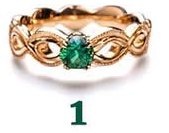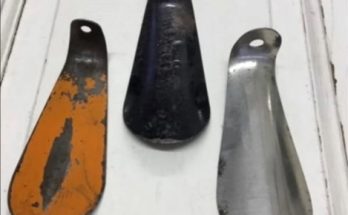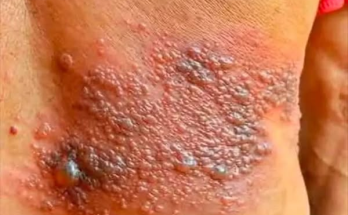
Hey! If you spot these teeny white bumps on your face, don’t even contemplate trying to remove them right off the bat!
Our skin is the body’s outermost layer, fully exposed to all sorts of elements. That’s why people of all ages across the globe have various skin problems.
From psoriasis to eczema, most of the skin issues we encounter stem from inflammation. But not every bump and discoloration is a major concern that demands treatment. Take Milia, for instance.
If you notice white bumps on your skin, you might have Milia.
You could have had Milia as a baby and not even been aware of it.
A milium cyst, or Milia, typically occurs due to trapped keratin (the substance that makes up hair, skin, and nails). It’s extremely common in babies. Up to half of all infants develop it because their skin is still learning how to shed old skin. However, Milia can also affect people of any age when something blocks the tiny ducts leading to the skin’s surface, such as an injury or a burn.
Milia often appears as minuscule white bumps on the nose, chin, or cheeks, but it can also manifest on other parts of the body.
Even though Milia can affect both babies and adults, the types differ, and treatment is often unnecessary. Milia is generally harmless and will resolve on its own. But it’s crucial to know how to distinguish between types so you can determine if any action is required.
The Different Types of Milia
Milia types are categorized based on when the cyst forms or what triggers its development.
Neonatal Milia
Neonatal Milia shows up in babies and disappears within a few weeks. The cysts are usually located on the face, scalp, and upper body. According to Seattle Children’s Hospital, around 40% of newborns are affected.
Juvenile Milia
Some rare genetic disorders, like Nevoid basal cell carcinoma syndrome (NBCCS), Pachyonychia congenita, Gardner’s syndrome, or Bazex-Dupré-Christol syndrome, can cause juvenile Milia.
Milia en Plaque
This type of Milia is frequently associated with genetic or autoimmune skin disorders such as discoid lupus or lichen planus. It affects the eyelids, ears, cheek, or jaw. It’s commonly seen in middle-aged women, but can occur in anyone at any age.
Primary Milia
This form of Milia appears in older children and adults. The cysts can be found around the eyelids, forehead, or genital area. It may resolve in a few weeks or persist for several months.
Traumatic Milia
Milia can sometimes occur on the skin where there has been another injury, like a rash or a sunburn. The cysts may have a red border and a white center.
Diagnosis
Since Milia are easily visible, a doctor can usually diagnose it just by examining the bumps. A skin biopsy is only necessary in rare cases. If you notice similar small white bumps on your skin, it’s advisable to consult a doctor to confirm whether you have Milia and to decide on appropriate action (if any).
Milia Removal and Treatment
Since baby Milia typically resolves on its own within a few weeks, there’s no specific treatment required.

Milia in older children and adults also goes away on its own, but some individuals may opt to treat it if it bothers them. Some common treatment methods include:
Cryotherapy – Liquid nitrogen is used to freeze the Milia. It’s the most commonly employed method for removal.
Deroofing – A sterile needle is used to extract the contents of the cyst. This is a common treatment approach.
Topical retinoids – These vitamin A-containing creams assist in shedding old skin.
Chemical peels – Chemical peels cause the top layer of skin to peel off, revealing new skin.
Laser ablation – A focused laser targets the affected areas to eliminate the cysts.
Diathermy – Intense heat destroys the cysts.
Destruction of curettage – The cysts are scraped and cauterized using a specialized tool.
Some people have even attempted to treat Milia with a paper clip, but it’s best to have a doctor perform the procedure rather than attempting it at home.
Here’s a video demonstrating a doctor removing numerous Milia using the deroofing method.
How to Prevent a Milium Cyst
Although Milia are not harmful, they can be unsightly. Since Milia are caused by issues on the skin’s surface, modifying your lifestyle and taking good care of your skin can significantly reduce the likelihood of these small bumps.
Protect Your Skin with Sunscreen
Milia is often linked to skin damage, so ensure you protect your skin from the sun when at the beach, watching your child play baseball, or simply enjoying the sunshine on your porch.


